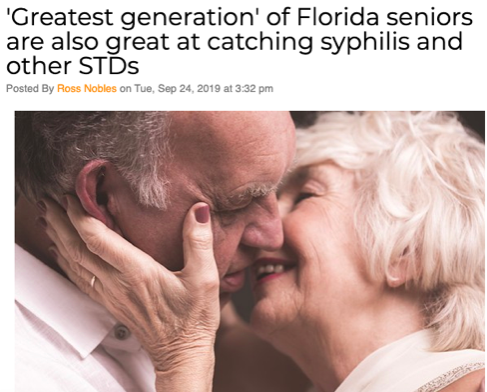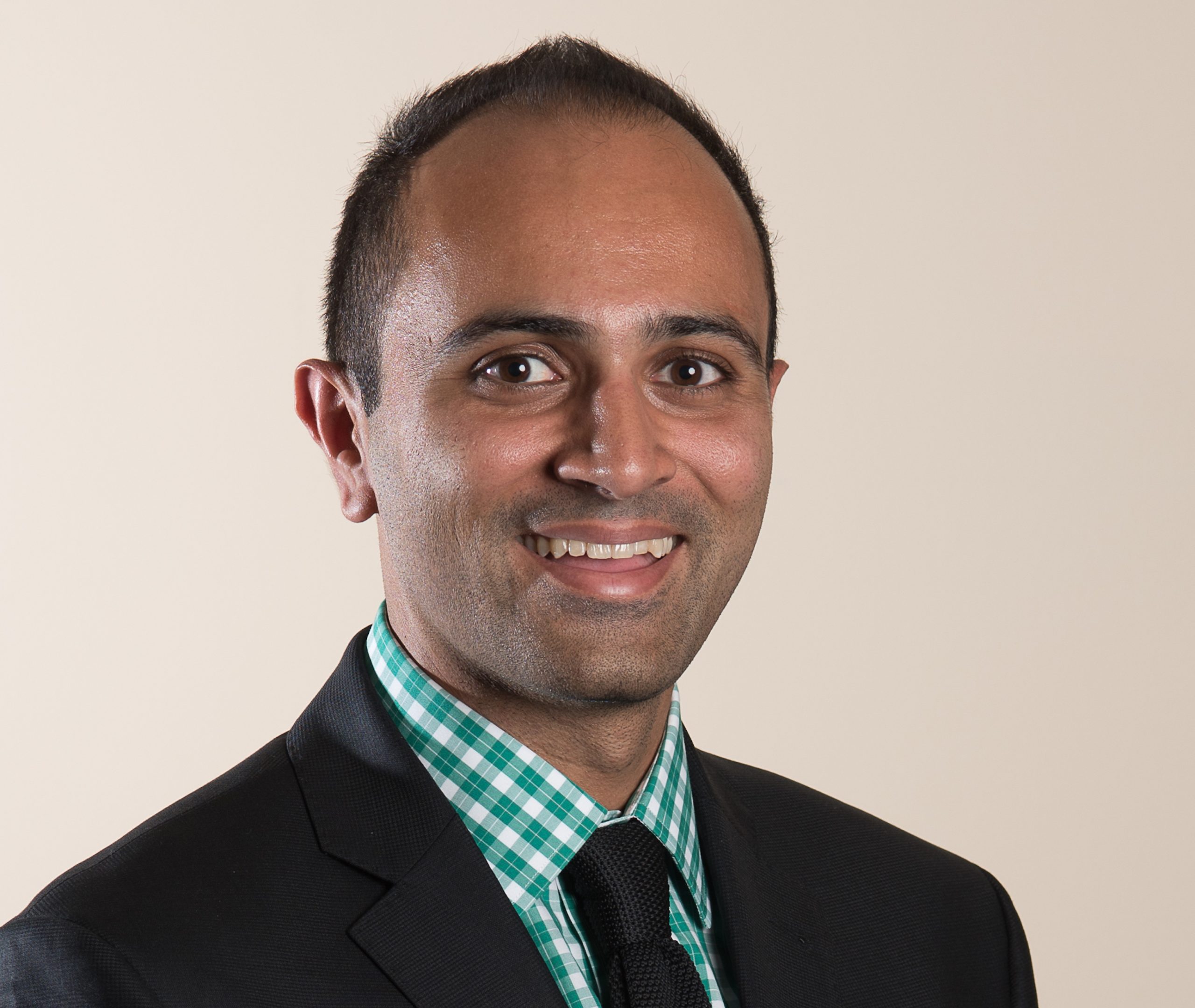Here we present a STI ‘cheat sheet’ to commonly encountered STIs – their etiology, workup and treatment. The following recommendations are based on the Canadian PHAC guidelines. We will not cover the important aspect of taking a sexual history, but an excellent resource may be found through PHACs website.
Herpes
- Caused by HSV-1,2 and the presence increases the risk of HIV transmission
- For both sexes is located anywhere in the ‘boxer short area’
- Appears as grouped vesicles evolving toward superficial circular ulcers on an erythematous base
- Smooth margin and base
- Enlarged, non-fluctuant and tender inguinal lymph nodes most common in primary infection
- Diagnosis: Most often visual, can be confirmed by viral culture on 3 unroofed/wet vesicles
- Asymptomatic spread does occur, but the risk is highest during outbreaks. Patients should be advised to always use condoms.
- Treatment:
- Ideally initiated within 72 hours (because it is the only timeframe studied), but should ideally treat anyone with lesions
- Treatment will decrease the severity and duration of illness
- First presentation (treatment for 7-10 days):
- Acyclovir 400 mg po TID or 200 mg po 5 times daily OR
- Famciclovir 250 mg po TID OR
- Valacyclovir 1000 mg po BID
- Episodic treatment (for 5 days):
- Acyclovir 800 my po TID
- Famciclovir 1000 mg po BID
- Valacyclovir 500 mg po BID for 3 days or 1000 mg po OD for 5 days
- Complications:
- Meningoencephilitis
- Hepatitis, pneumonitis, disseminated infection, Transverse Myelitis
Syphilis
- Caused by Treponema pallidum
- Classically in the 20-29 age group, but increasing in those >65 years old

- Primary Syphilis
- Painless chancre: clean based ulceration 1-2 cm in size
- Develops at any site of inoculation
- Associated lymphadenopathy
- Secondary Syphilis
- Occurs in 25% of patients
- Occurs over weeks –> months
- Rash, lymphadenopathy, mucous membrane lesions, systemic symptoms
- Epitrochlear lymph nodes is a classic presentation
- Latent phase:
- <12 months = Early Latent AND is infectious
- >12 months = Late, non-infectious (except for transmission via pregnancy)
- Tertiary Syphilis
- Untreated risk of progression: 25-40%
- CV disease, gummatous disease, aortitis, aortic anerysms and neuro syphilis
- Neurosyphilis:
- Altered mental status, meningitis, CNS abscess, stroke, cranial nerve, auditory and ophthalmic abnormalities.
- Diagnosis
- Syphilis serology (VDRL) is not as accurate in primary syphilis (70-80%), so recommend Darkfield microscopy of ulcer or Treponemal-specific enzyme immunoassay (EIA).
- A positive non-treponemal test should always be confirmed with a specific treponemal test because of a high false-positive rate
- All other stages of syphilis can be accurately diagnosed with VDRL (sensitivity approaches 100%)
- Syphilis serology (VDRL) is not as accurate in primary syphilis (70-80%), so recommend Darkfield microscopy of ulcer or Treponemal-specific enzyme immunoassay (EIA).
- Treatment
- Primary/Secondary/Early Latent
- Pen G 2.4 million units IM x one
- Late latent/Tertiary
- Pen G 2.4 million units IM x 3 weekly doses
- Neurosyphilis
- Pen G 3-4 million units IV q4h x 10-14 days
- Primary/Secondary/Early Latent
Chancroid
- Ulcerating STI caused by Haemophilus ducreyi
- Most common in the developing world
- Presents with tender erythematous papule at the inoculation site
- Irregular borders, inflammed
- May have associated tender lymphadenopathy that may develop into a ‘bubo’ (a large, painful, fluctuant node which may drain purulent material)
- Chancroid is a clinical diagnosis, as it is hard to culture
- Treatment:
- Azithromycin 1000 mg po in a single dose OR
- Ceftriaxone 250 mg IM/IV
Trichomonas
- Caused by Trichomonas vaginalis
- Globally, this is the most common non-viral STI
- Occurs in the urogenital tract, and compared to STI predominantly in older females
- Presentation ranges from asymptomatic to PID:
- May develop pruritis, dysparenuria, discharge, and postcoital bleeding
- Green-yellow, frothy discharge
- Diagnosis is made via NAAT
- Treatment:
- Flagyl 500 mg po BID x 7 days
Gonorrhea
- Gram negative Diplococcus – Neisseria gonorrhaeae
- In males may be asymptomatic, or with urethral discharge, dysuria
- Females are often asymptomatic until they develop signs of ascending infection
- Various presentations:
- Gonococcal proctitis: Rectal pain, tenesmus, D.C bleeding
- Gonococcal pharyngitis: Have a high pre-test based on Hx
- Gonococcal conjunctivitis: maternal spread (rare, because of drops given at birth), usually develops from rubbing the eye with inoculated hand. Significant purulent secretions with significant associated morbidity
- Disseminated Gonococcal Infection (DGI)
- Rash (petechial, pustular, distal extremities)
- Polyarthralgia
- tenosynovitis
- Septic arthritis
- Rare: myocarditis/hepatitis/meningitis
- Diagnosis:
- NAAT – via swabs or first catch urine
- 1st catch urine sensitivity in females is 94% (swab is 98.3%)
- 1st catch urine sensitivity in males is 96% (swab is 97.8%)
- Swabs are not FDA approved for pharynx/rectal diagnosis, but labs have demonstrated appropriate sensitivities
- Swabs may be done cervical/vaginal/urethral – which is why self-swabbing is acceptable
- NAAT – via swabs or first catch urine
- Treatment:
- Ceftriaxone 250 mg IV/IM
- Azithromycin 1000 mg po –> For synergy and possible co-infection with chlamydia
- When seen without diagnostic testing results available, if you have a high pre-test probability, consider emperic treatment
Chlamydia
- Most prevalent STI in the United States
- If symptomatic, presents with urethral discharge, dysuria
- Without treatment will likely progress to upper tract infection: PID, orchitis/epididymitis
- Diagnosis: via NAAT, similar sensitivity/specificity profile to gonorrhea above
- Swabs may be done cervical/vaginal/urethral – which is why self-swabbing is acceptable
- Treatment:
- Azithromycin 1000 mg po
- Ceftriaxone 250 mg IM/IV –>co-infection is common, so most would advocate to treat for both
- When seen without diagnostic testing results available, if you have a high pre-test probability, consider emperic treatment
PID
- Ascending infection from the endocervix –> upper reproductive tract
- Most commonly due to chlamydia/gonorrhea, but can include any potential GU pathogens
- PID IS A CLINICAL DIAGNOSIS
- Minimum criteria:
- Cervical motion tenderness OR
- Adnexal tenderness OR
- Uterine tenderness
- Additional criteria:
- Mucopurulent cervical discharge
- Cervical friability
- Fever
- Elevated ESR, CRP
- WBC on microscopy of vaginal secretions
- Positive NAAT for chlaymdia/gonorrohea
- Minimum criteria:
- Treatment:
- Outpatient management:
- Empirically treat for Chlamydia/Gonorrhea, plus:
- Doxycycline 100 mg po BID x 14 days OR
- Azithro 500 mg po once, and then 250 mg po OD to complete a 7 day course
- Empirically treat for Chlamydia/Gonorrhea, plus:
- Inpatient management:
- Cefoxitin 2 g IV q6h PLUS Doxycycline 100 mg po/IV q12h OR
- Clindamycin 900 mg IV q8h PLUS gentamycin (3-5 mg/kg IV)
- Outpatient management:
Orchitis/Epididymitis
- Ascending infection in the upper reproductive tract
- Most cases present with testicular pain, swelling, and tenderness
- Usually infectious, but may be traumatic or autoimmune in nature
- In younger males (<35) or those with risk factors, is typically Chlamydia/Gonorrhea
- In older males (>35) or for those without risk factors, is typically E. Coli, coliforms or pseudomonas
- Important to note the distinction should be primarily made based on history
- The Diagnosis is clinical. Testing is to identify the pathogen, and to rule out other emergent causes of testicular pain (i.e.: testicular torsion)
- Send urine culture and NAAT
- Treatment:
- <35 or with STI risk factors:
- Ceftriaxone 250 mg IV/IM AND Doxycycline 100 mg po BID X 10 days
- >35 or no STI risk factors:
- Levofloxacin 750 mg po OD x 10 days
- If no improvement within 72 hours, consider a return to ED/completing U/S to rule out underlying abscess
- <35 or with STI risk factors:
Bacterial Vaginosis
- Alteration in vaginal flora by replacing lactobacillus with polymicrobial organisms
- Malodorous/fishy smell/white discharge
- Key to note: does not cause vaginitis symptoms (i.e.: dysuria, pruritis, burning or vaginal inflammation) – would suggest an alternative diagnosis
- Diagnosis:
- Based on the Amsel critiera:
- Homogenous, thin, greyish-white discharge that smoothly coats the vaginal walls
- Vaginal pH > 4.5
- Presence of clue cells (if microscopy available)
- Fishy odour/positive whiff test
- Culture: gold standard
- Is often ‘indeterminate’ – requires clinical correlation to symptoms during QA/follow up process
- Based on the Amsel critiera:
- Treatment:
- Flagyl 500 mg po BID x 7 days
Vulvovaginal Candidiasis
- Candida albicans. 75% of females in their life time will develop this
- Discharge, pruritis, dysparenuria, dysuira (external)
- Vulvar erythema, satellite lesions, thick curdy white discharge
- Diagnosis: Made clinically
- Treatment:
- Topical azoles versus oral fluconazole
- Cure rates are similar
- Topical agents have quicker symptom relief (1-2 days) but less convenience to single oral treatment agent
- Oral is cheaper, but with slightly higher side effect profile


